These guys hate meat and never eat it. It’s probably anemia and all sorts of deficiencies.Lol with her horrible typical dark under eye area.
Why do they always have panda eyes??
You are using an out of date browser. It may not display this or other websites correctly.
You should upgrade or use an alternative browser.
You should upgrade or use an alternative browser.
Viral! Indian Woman Calling A Black Woman The N Word Repeatedly!
- Thread starter Kool-Aid
- Start date
This woman was smoking crack before this I need to know the lore
Stop begging indians bro this POC unity kumbaya got Africans and black people in a chokehold. I’m always seeing black people say “they’re niggas with a perm” or some shit.Mic drop knowledge my boi.
Goin tit for tat with them is nonsense.
If we collectively understood the histories of one another we could dead false narratives like perceived inferiority before it even got a chance to root.
Once we body that colonial yoke ITS OVER
We’re the first to claim affinity and unity with them due to skin complexion , colonial oppression and them looking like aboriginals but these guys don’t want nothing to do with us at all. They are happy with the colonial structure and want to keep and uphold it.
Last edited:
These Paniya tribe men in Kerala dress a bit similar to horner nomadsIf their SAHG ancestors had Afro-textured hair like the Andamanese, they’d probably resemble modern Horners quite closely. As it is, they already look like straight-haired, more "angular" featured versions of us likely because their MENA ancestry leans more Iranian, whereas ours leans more Anatolian.
Stop begging indians bro this POC unity kumbaya got Africans and black people in a chokehold. I’m always seeing black people say “they’re niggas with a perm” or some shit.
We’re the first to claim affinity and unity with them due to skin complexion , colonial oppression and them looking like aboriginals but these guys don’t want nothing to do with us at all. They are happy with the colonial structure and want to keep and uphold it.
My pro black ass booty clapping for injuns?
Nigga!
I know what time they on.
I tread lightly with all non blacks.
& even blacks for some of the reasons u outlined above.
To many turncoats & negropeons amongst our ranks.
The current social climate about to change that tho.
Wallahi, you don't even need the descending from South Asian HGs thing when it comes to Indians to make being racist like that as an Indian absurd. Desis suffered just about as much under cadaans as West-Central African madows:
He also all but laughed off a massive famine that killed millions in the subcontinent and blamed it on Desis for...
No Desi should ever be cooning for cadaans and their elites. But I am often suspicious of Desis in America in particular because it takes a particular strata of 3rd world society to get to America.
It's not like Europe and until fairly recently the idea of taking flights to Mexico from the Old World then finding your way to the border was largely unheard of, so most of these people's parents got to the US via H1bs and other such avenues and are thus usually of the educated or at least somewhat financially together class of their society and, well, well-off Desis (Brahmins) are a sus lot in general:
These guys collaborated with the Brits against their own people. Madows mu uu dahayaan.
Which is why they get side eyed by other groups.
Coonin for groups that downplay & mock the destruction of ur people & society is top shelf coonery.
The southern types are more aesthetically pleasing than the northern ones yet they're the ones that are looked down on.
A people world renowned for being MUSKY
The NERVE & audacity these niggas possess is other worldly.
A lot of Southern Indians did in general, not just the "tribals" like them.
Toda people during the 19th century:

Bejas during the 19th century in Sudan:

Or compare these Tamils in Singapore-:

-to this compilation I made of NE Africans:
We belong to the same cultural region. Even in the early modern era the inhabitants of the Horn, Sudan, Southern Egypt (Lower Nubia) and Chad largely dressed in that white-robes motif:
The Tobe, or Abyssinian “Quarry,” is the general garment of Africa from Zayla to Bornou. In the Somali country it is a cotton sheet eight cubits long, and two breadths sewn together. An article of various uses, like the Highland plaid, it is worn in many ways; sometimes the right arm is bared; in cold weather the whole person is muffled up, and in summer it is allowed to full below the waist. Generally it is passed behind the back, rests upon the left shoulder, is carried forward over the breast, surrounds the body, and ends hanging on the left shoulder, where it displays a gaudy silk fringe of red and yellow. This is the man’s Tobe. The woman’s dress is of similar material, but differently worn: the edges are knotted generally over the right, sometimes over the left shoulder; it is girdled round the waist, below which hangs a lappet, which in cold weather can be brought like a hood over the head. Though highly becoming, and picturesque as the Roman toga, the Somali Tobe is by no means the most decorous of dresses: women in the towns often prefer the Arab costume,—a short-sleeved robe extending to the knee, and a Futah or loin-cloth underneath. -First footsteps in East AfricaEgypt, Sudan & Chad:
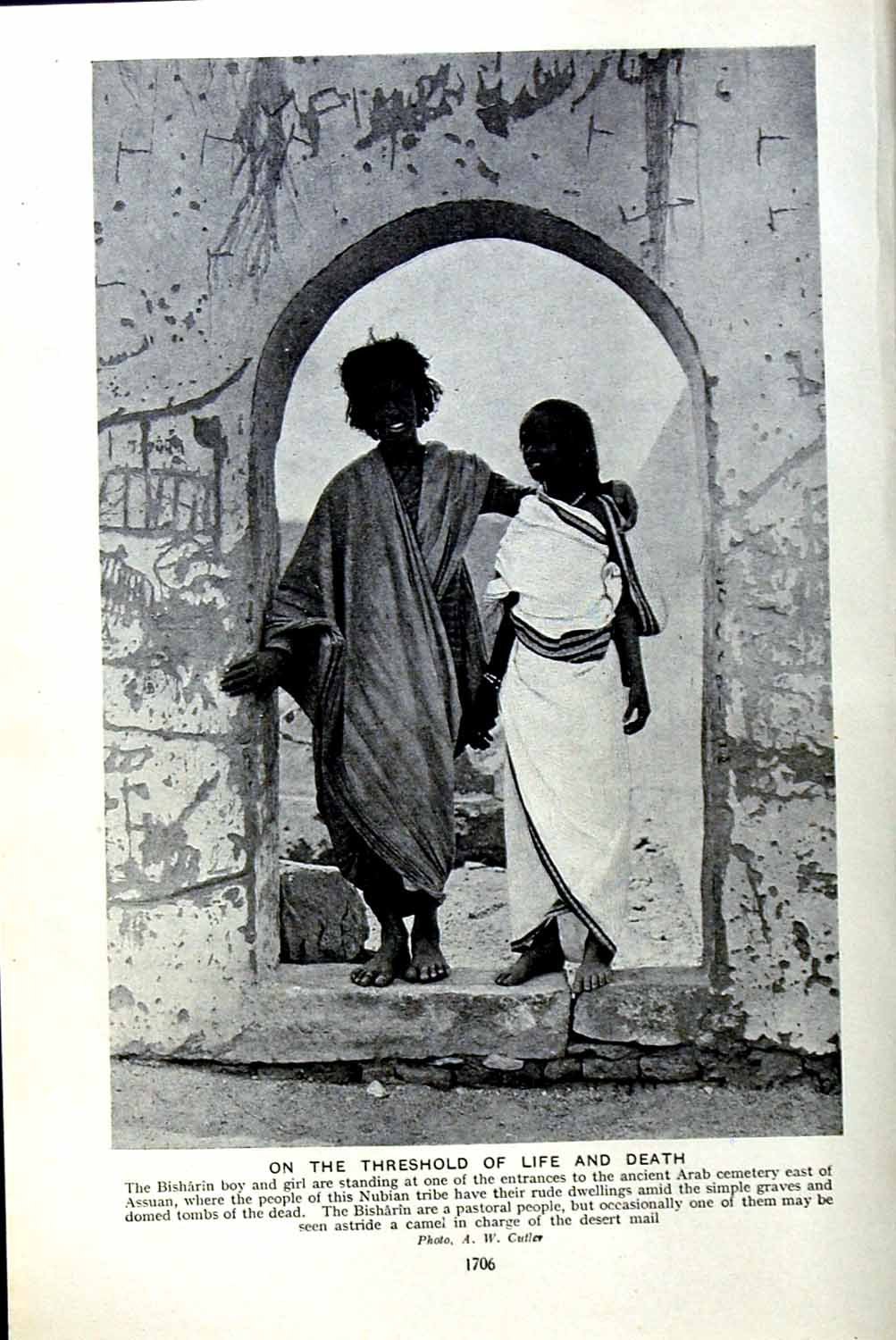
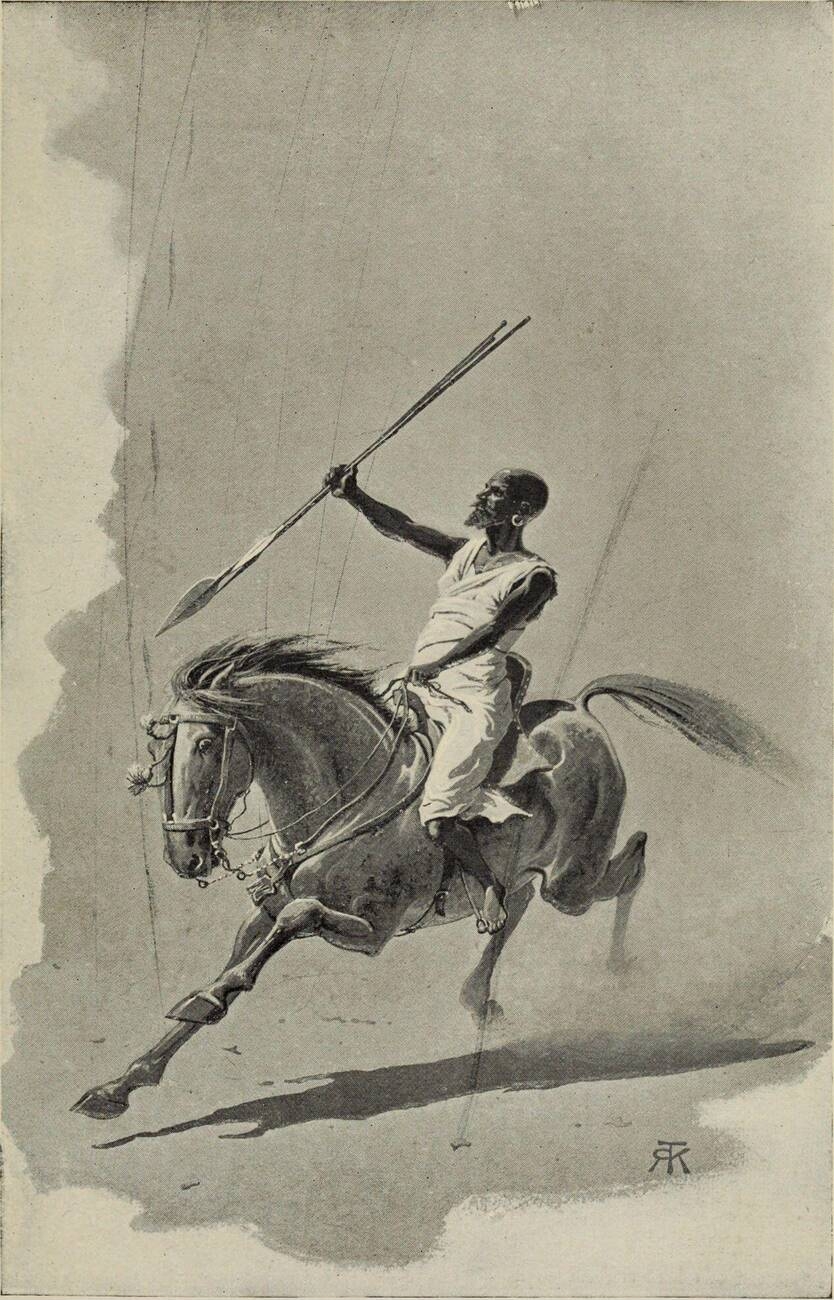
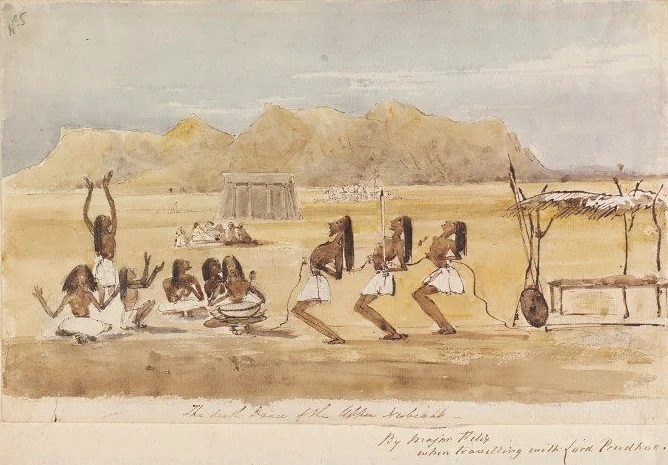

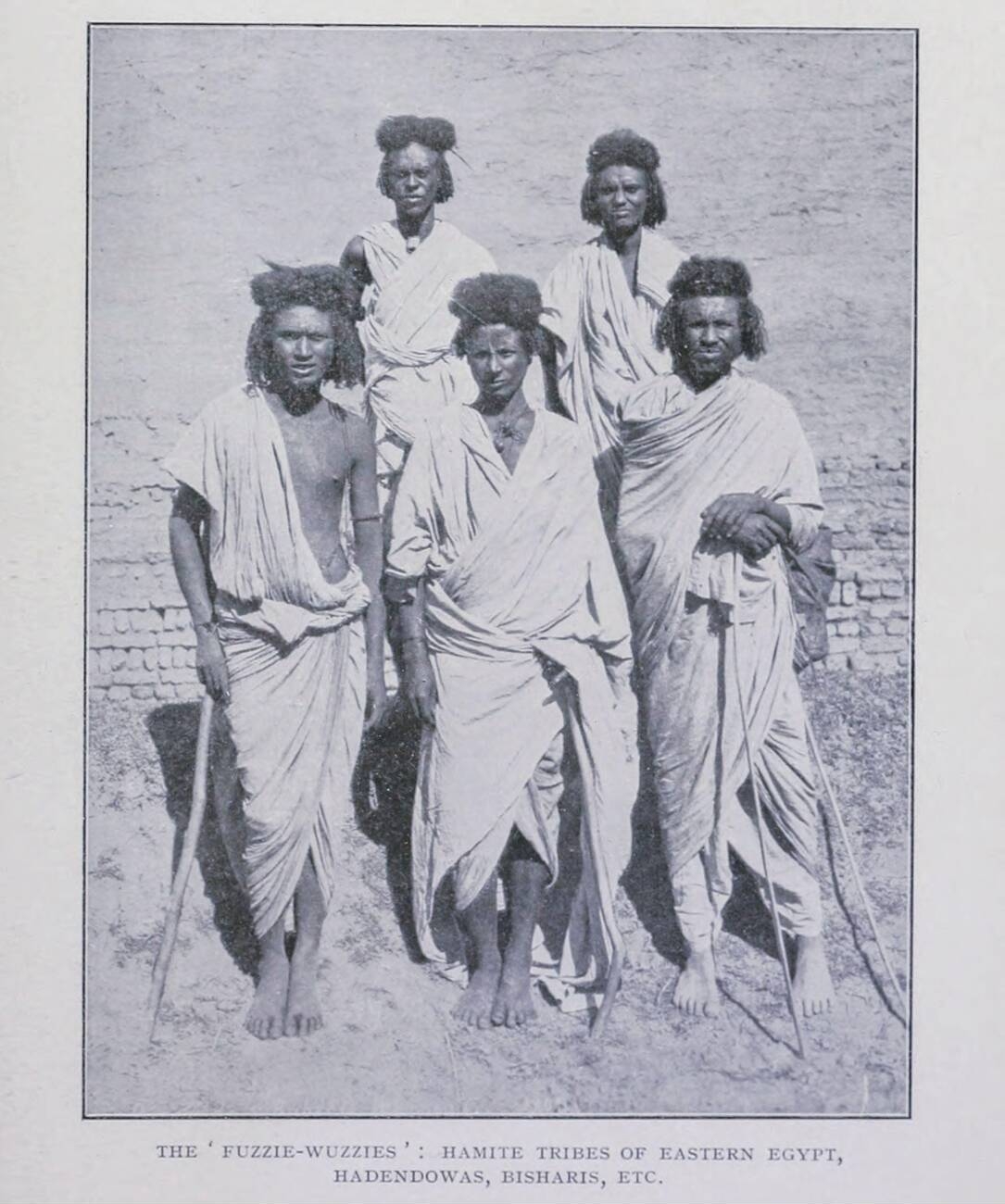
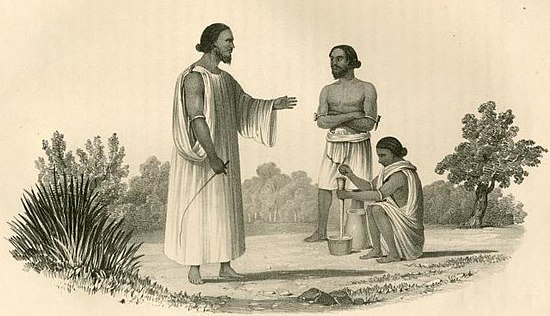
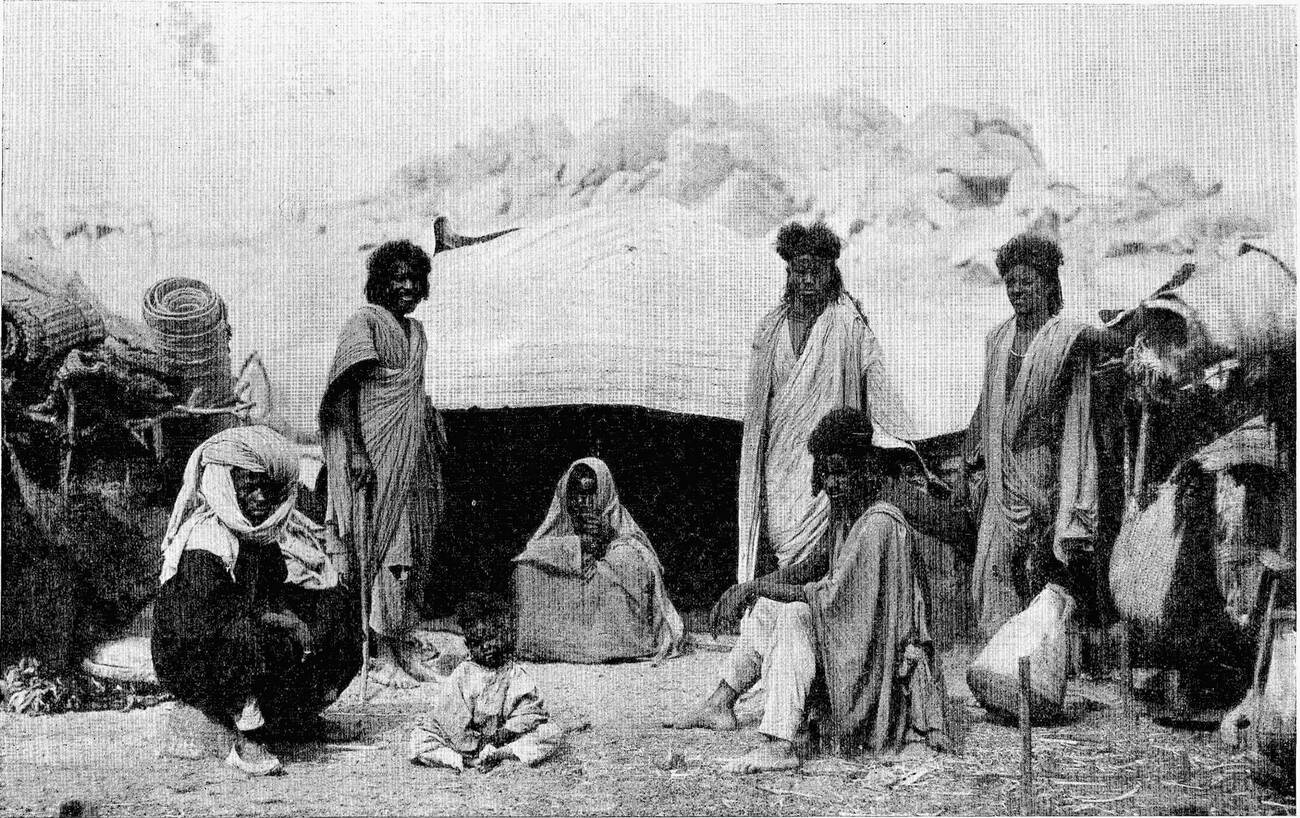

Abyssinia and Eritrean coast:


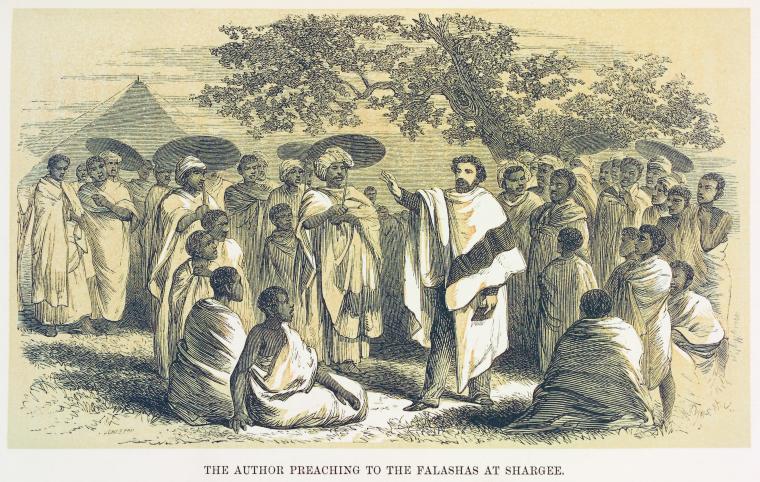
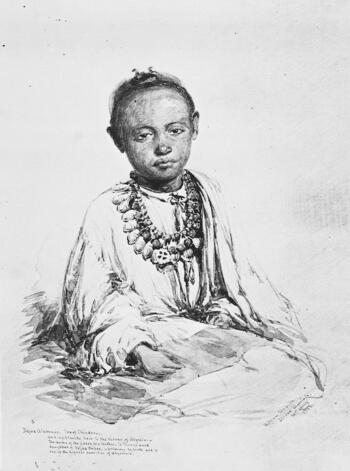
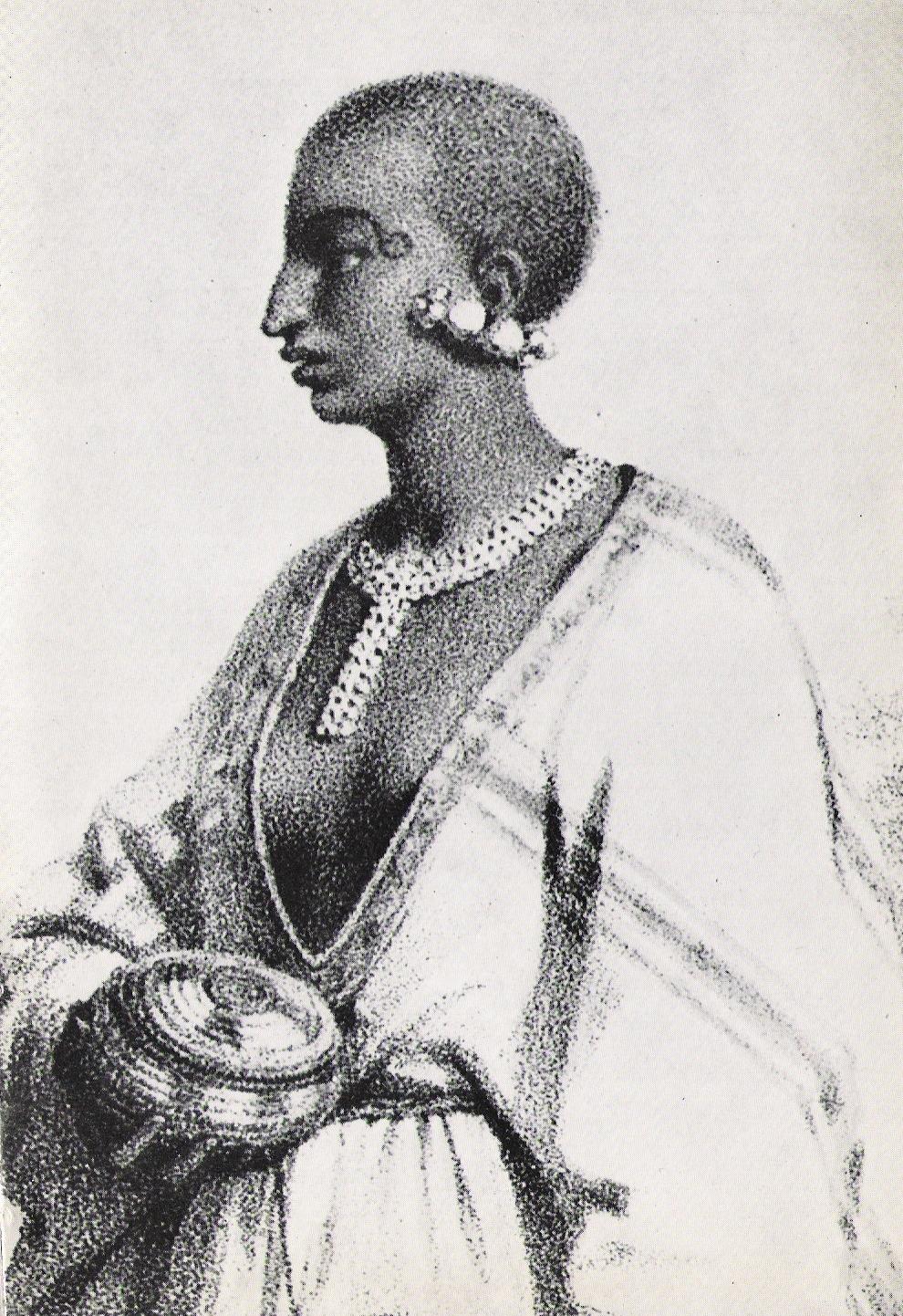
Somalia:

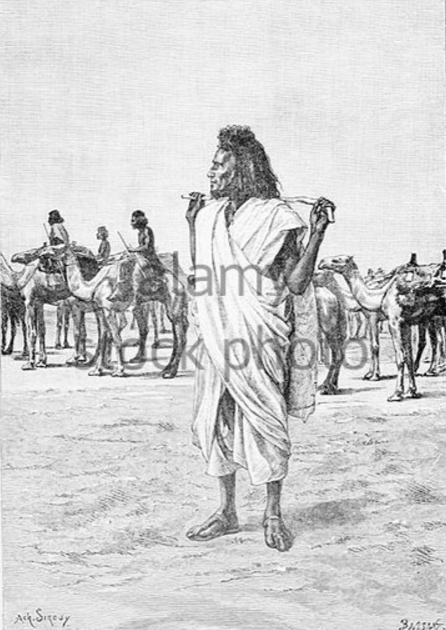
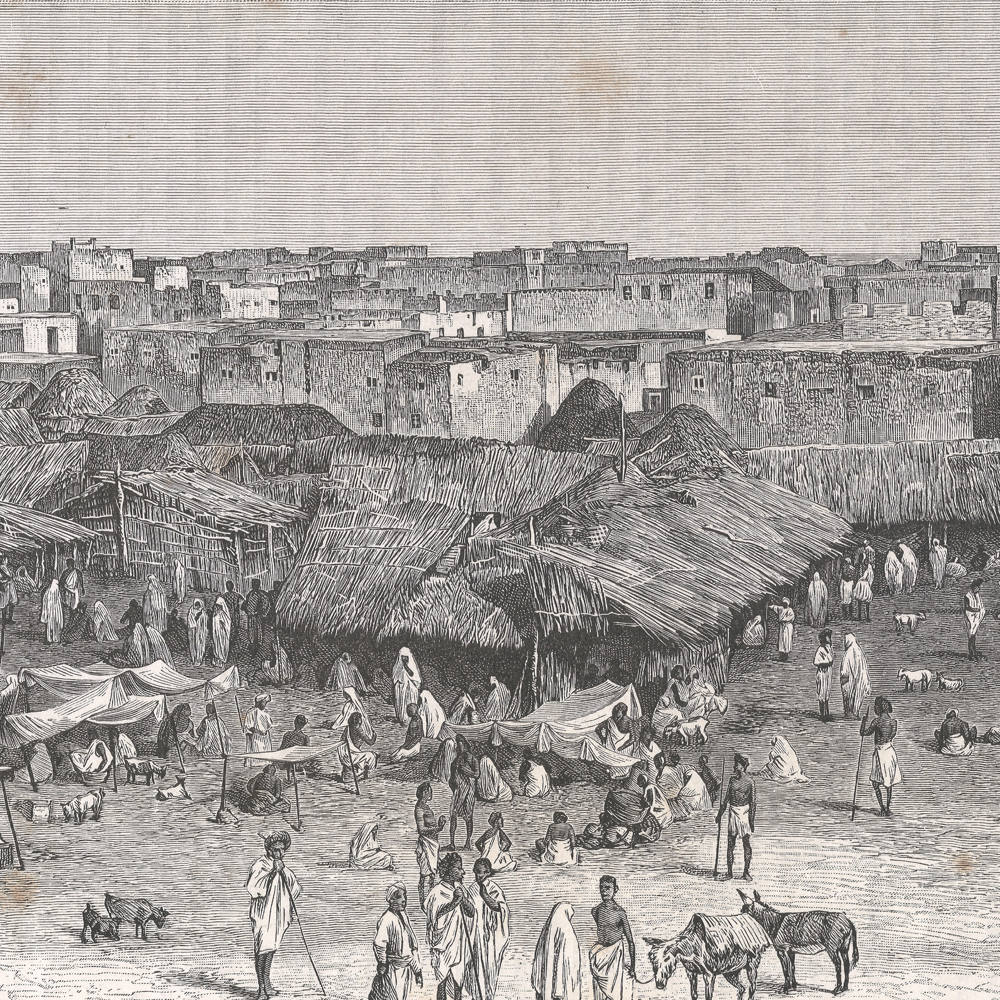
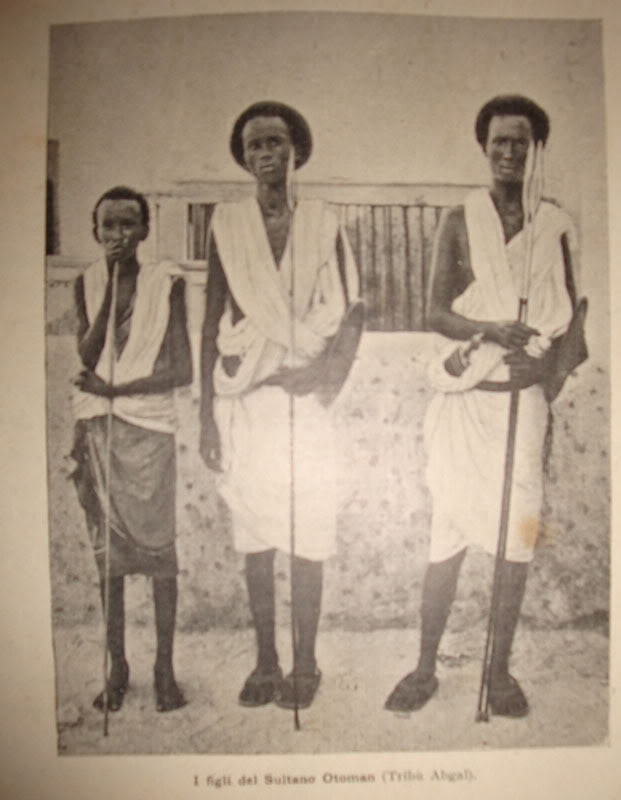
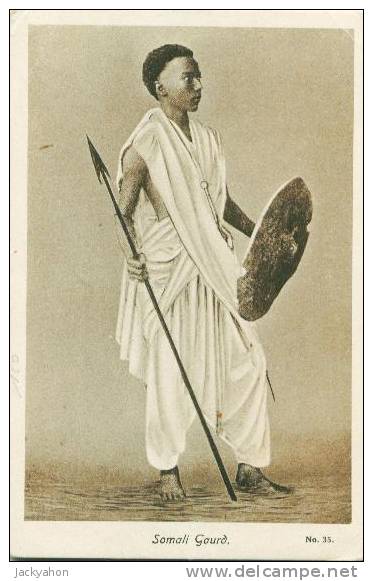
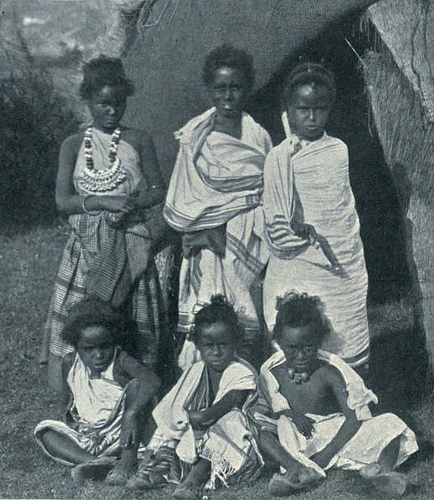
I strongly suspect that by its strong resemblance to Ancient Nubian and Egyptian reliefs this style of dressing is thousands of years old and it may have also once been just as common in Arabia as well given the Hajj dress-code and some examples I've seen of Bedouin attire across Arabia around the 19th century.
I get the sense the white-robes aesthetic was just dominant all across the Indian Ocean world given the Hajj dress-code, some old Bedouin attire and even the Ancient Nubian and Egyptian murals. Beneficial in color because our regions are highly irradiated and why robes instead of trousers and shirts? No idea.
A lot of Southern Indians did in general, not just the "tribals" like them.
Toda people during the 19th century:

Bejas during the 19th century in Sudan:

Or compare these Tamils in Singapore-:

-to this compilation I made of NE Africans:
I get the sense the white-robes aesthetic was just dominant all across the Indian Ocean world given the Hajj dress-code, some old Bedouin attire and even the Ancient Nubian and Egyptian murals. Beneficial in color because our regions are highly irradiated and why robes instead of trousers and shirts? No idea.
 My people
My peopleTrending
-
Viral! Indian Woman Calling A Black Woman The N Word Repeatedly!
- Started by Kool-Aid
- Replies: 50
-
-
Latest posts
-
UK PM told to repeal Hate Speech laws to complete a trade deal with the US
- Latest: The truth seeker
-
-


